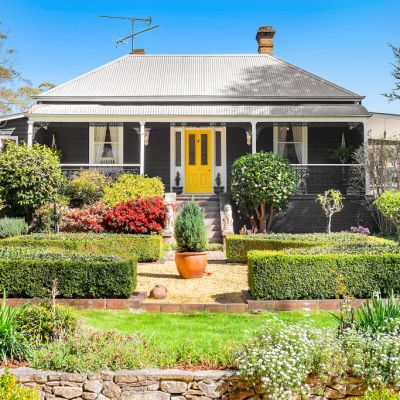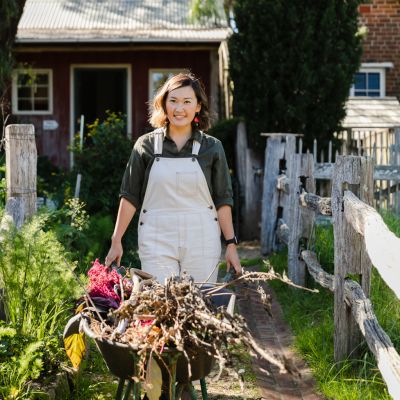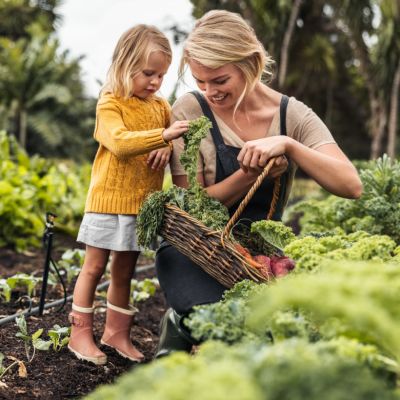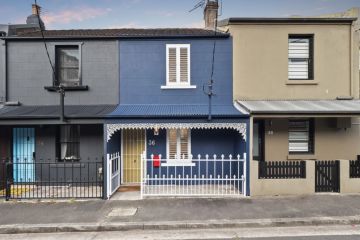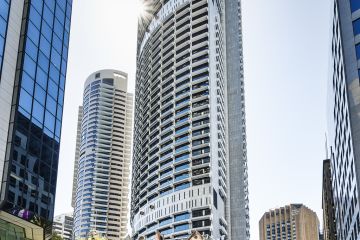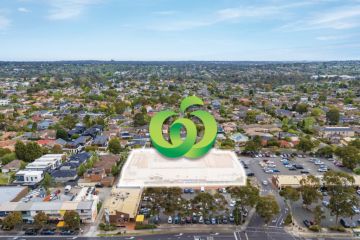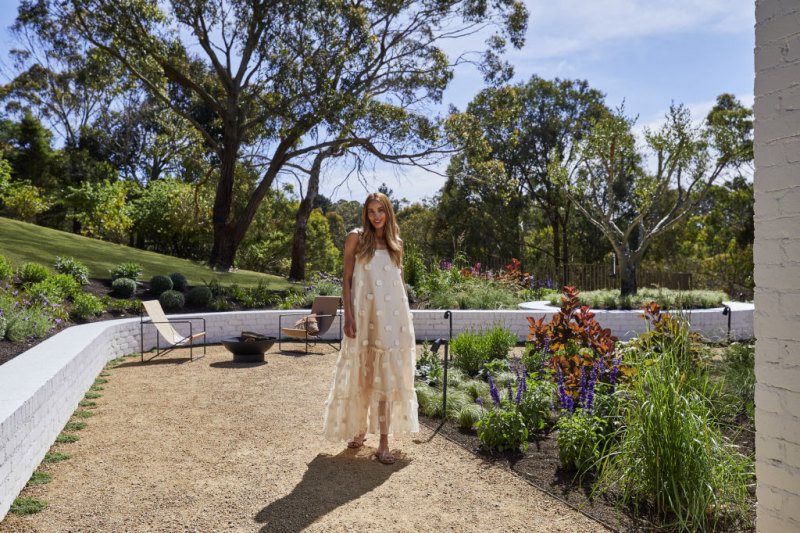Top composting tips to turn your trash into treasure
Composting is one way to turn trash into treasure; it’s easier than you think.
Food scraps and rotting herbs and veggies don’t belong in landfill. When mixed with rubbish, they break down and produce methane, a potent greenhouse gas which contributes to climate change.
Instead, food and other organic waste in your home should be composted, so it’s broken down and transformed into valuable, nutrient-rich food for your garden.
There are various ways and methods to compost. You don’t need to do them all, nor do you need to go big. You just need to start.
Compost solutions
It’s easy to become overwhelmed with the multitude of ways to compost. There are bays, bins, tumblers, cones and worm farms.
Which one is for you? The choice comes down to the space and type of waste you have.
For those with a large garden, compost bays are economical and easy to set up. I’ve seen them constructed from pallets, sheets of corrugated iron and star pickets, or beautifully built with recycled bricks or blocks.
They’re especially useful if you have access to large amounts of garden waste, but turning the bays can be hard work and they can be difficult to rodent-proof.
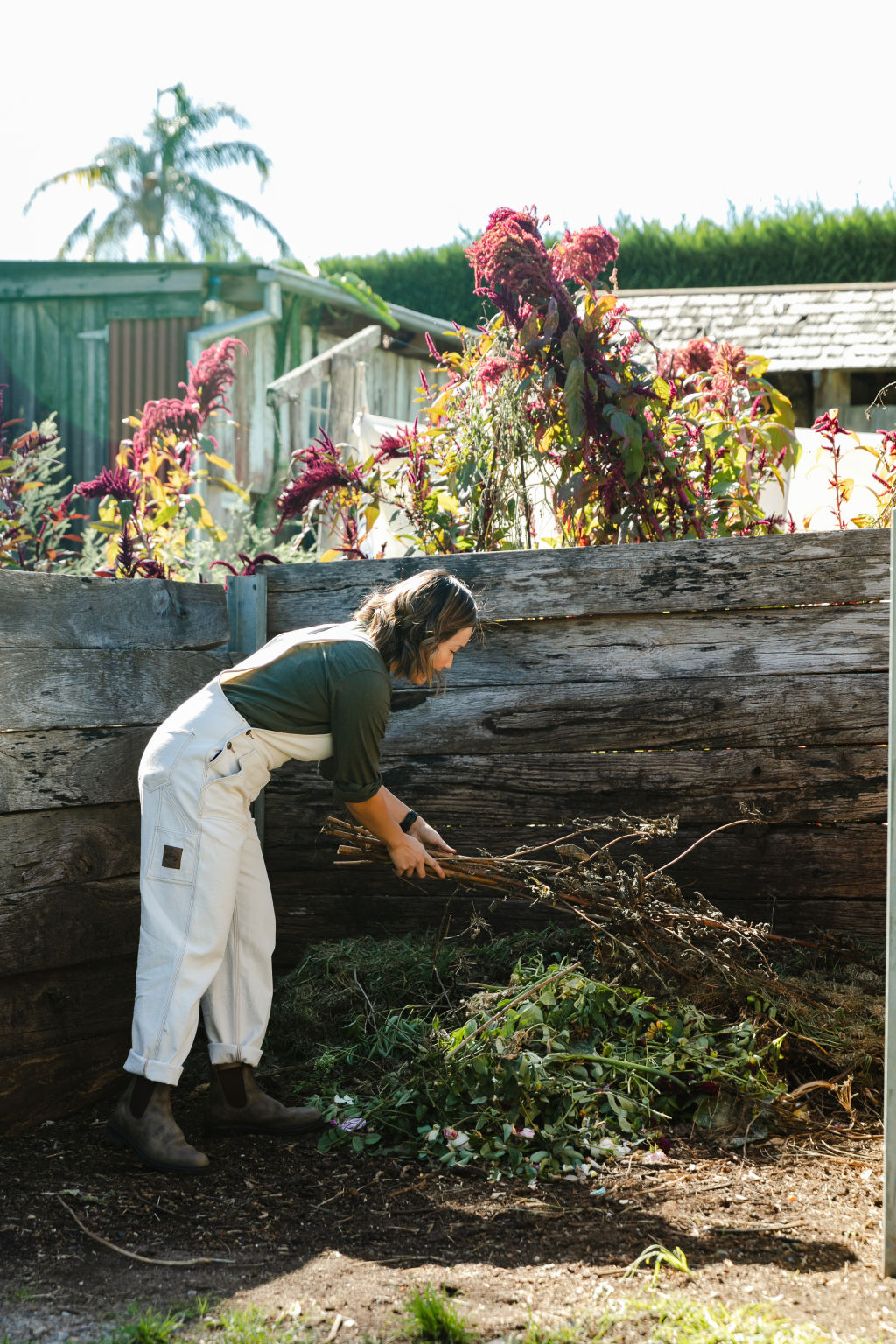
Bins and tumblers are ideal for most backyards. They are available in a few different sizes and shapes, each with its own set of pros and cons.
A Gedye compost bin is enclosed and large enough to take most household and garden waste. Bury the base into the ground or install rodent-proof mesh to prevent rats and mice from entering the bins.
A tumbler is an elevated barrel with a crank or similar mechanism that allows you to rotate the unit to aerate the mix.
When turned regularly, this speeds up the composting process. However, it’s often easier said than done; once it’s full, it can be quite heavy, so strong arms are required.
My personal favourite is the worm farm. It’s compact and easily fits into a small backyard, courtyard or balcony, or even indoors.
You can see the wriggly critters in action and it’s satisfying feeding and watching them devour your food scraps and other household waste. (This includes hair and finger and toenail clippings!)
Cut up the food scraps before feeding – the smaller the pieces, the faster they will eat. A food processor works well too. You can add small amounts of dairy and cooked foods once your worms are well established.
There are other systems to consider, like the Aerobin, Green Cone and Bokashi bin (which is not a composter, but ferments all waste which can then be added to a compost bin or buried in the garden).
Do some research on each and see what best suits your space and lifestyle.
Striking a balance
There are four key elements required for compost to break down efficiently and effectively: nitrogen (green waste), carbon (brown waste), oxygen and water.
An imbalance of any of these often leads to issues with the compost, such as a smelly bin or slowed decomposition. But don’t worry, these problems can easily be fixed by adding more of the other ingredients.
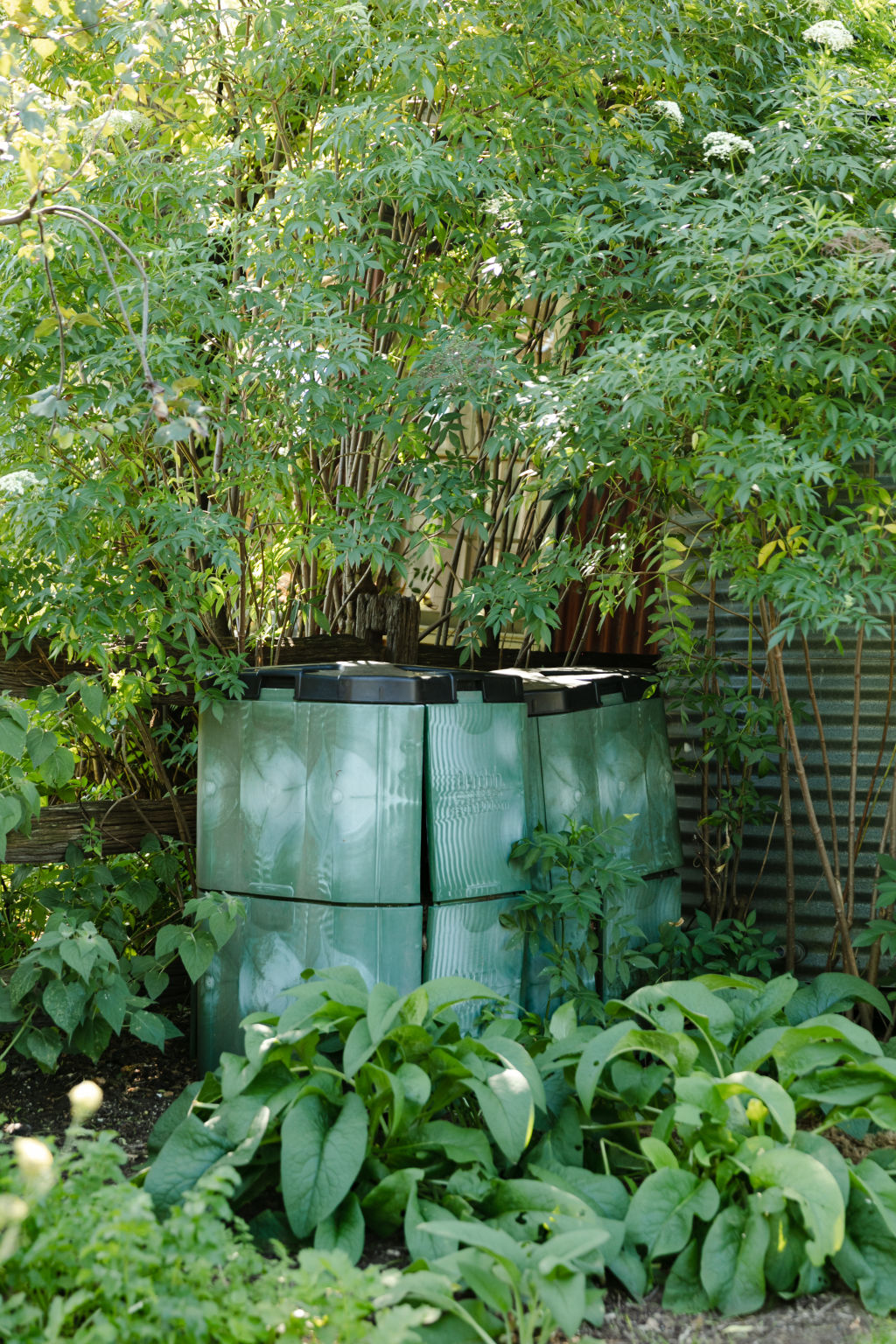
Nitrogen: Food scraps, coffee grounds, garden waste and lawn clippings.
Carbon: Cardboard (avoid or remove glossy finishes), newspaper, toilet-paper rolls, brown leaves, paper and straw.
Aerate the pile regularly by turning it with a fork or compost aerator to introduce oxygen and facilitate faster decomposition.
Composting microbes need a moist environment to remain active; if a compost pile is too dry, microbial activity slows down and nothing will break down.
Every time you add nitrogen, add carbon. Maintain moisture so the pile is lightly moist, not soaking wet.
If you’d like to dig deeper into composting, a new book by Kate Flood, The Compost Coach is a fabulous reference. There are more than 250 pages dedicated to compost, detailing everything there is to know about black gold and how to master this “dark art”.
The Compost Coach by Kate Flood is published by Murdoch Books, RRP $39.99. Photography by Honey Atkinson. Available at all good bookstores.
Tammy Huynh is a horticulturist, presenter on Gardening Australia and the owner of Leaf an Impression.


We recommend
States
Capital Cities
Capital Cities - Rentals
Popular Areas
Allhomes
More
- © 2025, CoStar Group Inc.
